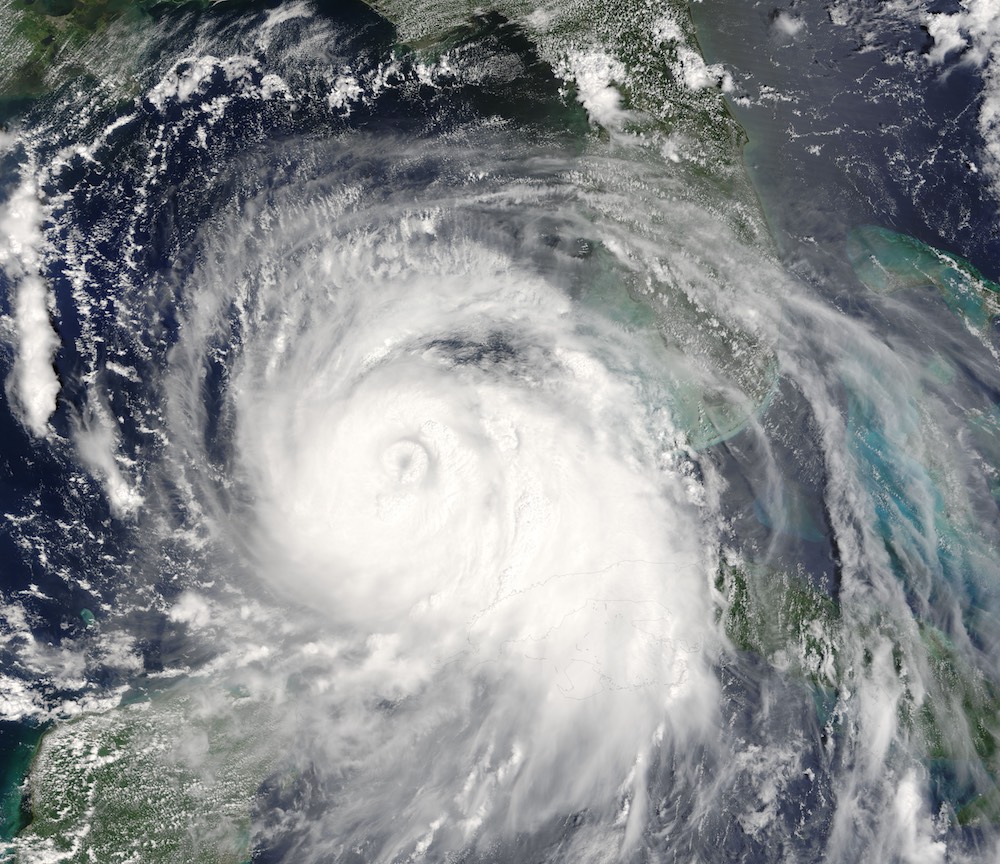
The hurricane season is likely to be extra active this year, thanks to a likely no-show from El Niño.
The National Oceanic and Atmospheric Administration's (NOAA) Climate Prediction Center released an updated hurricane season outlook today (Aug. 9). The new prediction ups the odds for a blustery, extremely active hurricane season – and possibly even the most active since 2010.
"We're now entering the peak of the season, when the bulk of the storms usually form," Gerry Bell, the lead seasonal hurricane forecaster at NOAA's Climate Prediction Center, said in a statement. "The wind and air patterns in the area of the tropical Atlantic and Caribbean where many storms develop are very conducive to an above-normal season. This is, in part, because the chance of El Niño forming, which tends to prevent storms from strengthening, has dropped significantly from May." (El Niño is a climate phenomenon most distinguished by the shift of warm water from the western to the central and eastern tropical Pacific Ocean.)
One other factor fueling a more active hurricane season: The waters off the tropical Atlantic Ocean are warmer than usual.
The new forecast puts the odds of an above-average season at 60 percent, up from the initial forecast of 45 percent in May. In addition, the forecast now predicts between 14 and 19 named storms, or those with sustained winds of 39 mph (62 km/h), and between two and five major hurricanes with sustained windspeeds of at least 111 mph (178 km/h).
The NOAA center typically puts out an initial hurricane forecast in late May. This year, they initially predicted between 11 and 17 named storms and between two and four major hurricanes, and about even odds for an average and above-average season.
So far, the season has already had six named storms, double what's typically expected by this point. (The storms were Arlene, Bret, Cindy, Don, Emily, Franklin and Gert). Typically, it takes six months to rack up that many storms; an average season has 12 major storms, six of which become hurricanes and three of which are major hurricanes. Hurricane season typically lasts from June 1 to Nov. 30.
Get the world’s most fascinating discoveries delivered straight to your inbox.
Originally published on Live Science.

Tia is the editor-in-chief (premium) and was formerly managing editor and senior writer for Live Science. Her work has appeared in Scientific American, Wired.com, Science News and other outlets. She holds a master's degree in bioengineering from the University of Washington, a graduate certificate in science writing from UC Santa Cruz and a bachelor's degree in mechanical engineering from the University of Texas at Austin. Tia was part of a team at the Milwaukee Journal Sentinel that published the Empty Cradles series on preterm births, which won multiple awards, including the 2012 Casey Medal for Meritorious Journalism.


